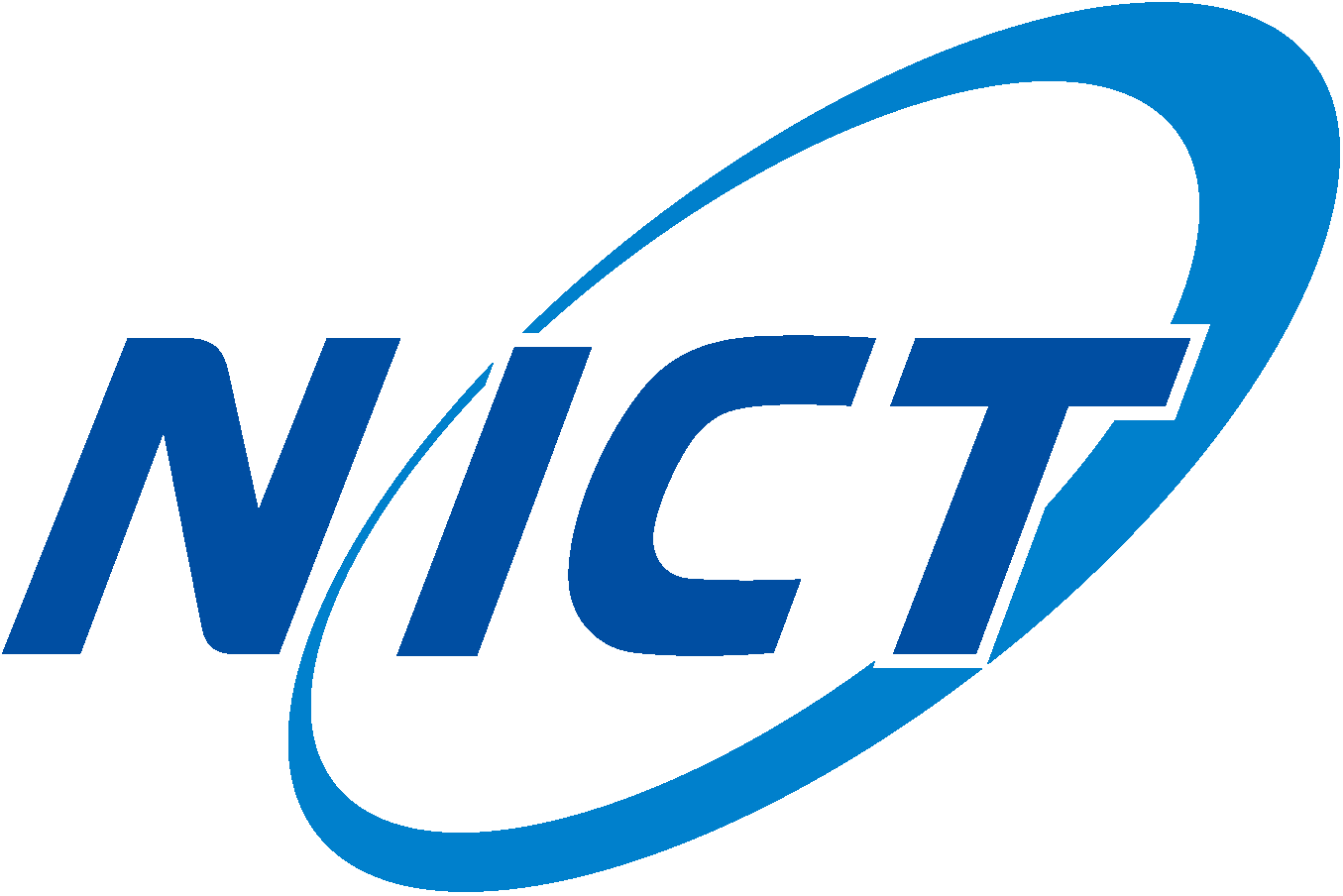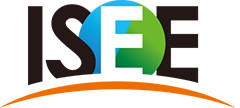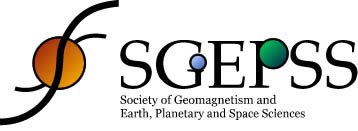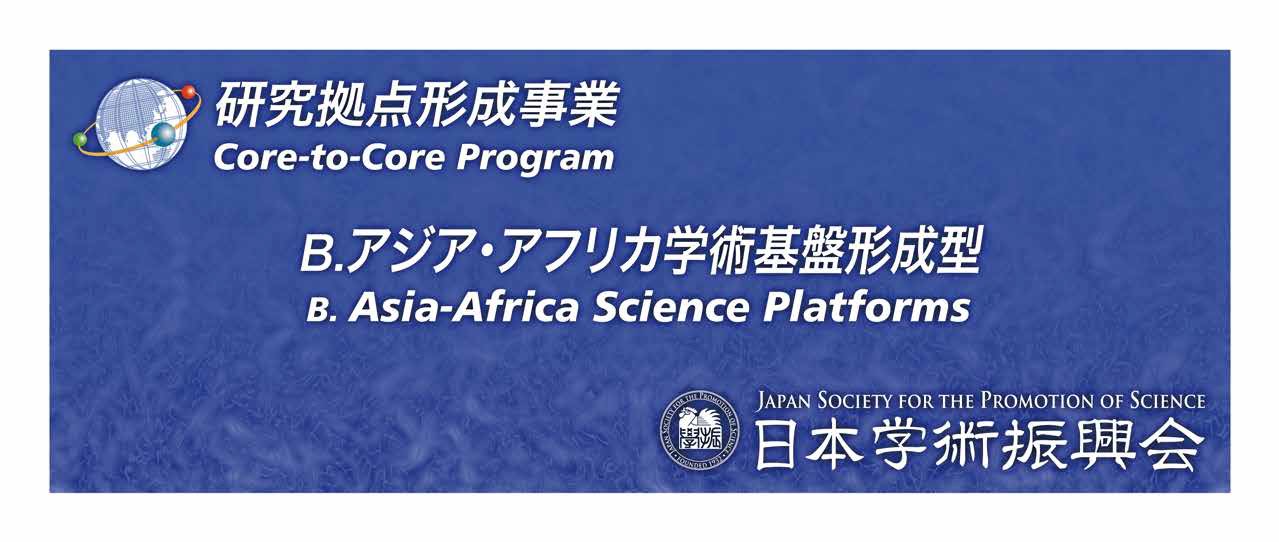- Session 1:
- Equatorial E- and F-region irregularities: Cause and effects
- Conveners: Amit Patra (NARL, India), Yuichi Otsuka (Nagoya U., Japan)
- MSO: Marco Milla (PUCP, Peru)
- This session covers contributions related to fundamental and applied aspects of E- and F-region ionospheric irregularities occurring at equatorial and low latitudes. The session welcomes presentations related to theoretical and observational studies on the source of ionospheric irregularities associated with the equatorial electrojet, valley region, 150-km echoes, and plasma bubbles. Of special interests are the in-situ observations of plasma irregularities and multi-frequency scintillation observations to understand the foundation of intermediate scale plasma irregularities associated with plasma bubble, which cause severe scintillation of radio waves used for satellite broadcasting and communication, and GNSS (Global Navigation Satellite System). Dependence of the irregularities on solar activity and geomagnetic activity as well as effects of atmospheric waves propagating from below is also an important topic in this session. We solicit studies on the generation, development, and decay of the ionospheric irregularities based on satellite measurements, ground-based observations, numerical simulations and theoretical studies.
- Session 2:
- Longitudinal/hemispheric variation of equatorial electrodynamics
- Conveners: Endawoke Yizengaw (Aerospace Corp., USA), Akinori Saito (Kyoto U., Japan)
- MSO: Duggirala Pallamraju (PRL, India)
- The goal of this session is to explore the longitudinal and north-south hemispheric differences in the ionospheric electrodynamics ? the main drivers for the day-to-day variability of ionospheric density dynamics and scintillations. The networks of recently distributed instruments provide new evidence of longitudinal differences on a large variety of spatial and temporal scales. It has been assumed until recently that all the variabilities were driven by the forcing from above ? originated from the Sun. In recent times, especially observations during the prolonged minima of solar cycle 24, and modeling advance revealed that the impact of the forcing from the lower atmosphere on longitudinal and hemispheric difference in ionospheric dynamics is significantly strong, especially during geomagnetically quiet periods. The main focus of this session is to discover the day-to-day and longitudinal variability in low-latitude electrodynamics that is driven by the forcing from below (drift/electrojet, neutral wind, and gravity waves and tides) as well as thermosphere and ionospheric responses on time scales from hours to decades and spatial scales from few degrees to the entire globe. The observations during geomagnetic quiet as well as disturbed times are solicited. This session invites contributions that discuss space-borne and ground-based observations, and theory/modeling of the mechanisms responsible for the longitudinal dependence of equatorial and low-latitude ionosphere.
- Session 3:
- Atmosphere-ionosphere vertical coupling at low- and mid-latitudes
- Conveners: S. Tulasi Ram (IIG, India), Michi Nishioka (NICT, Japan)
- MSO: Danny Scipion (IGP, Peru)
- The ionosphere-thermosphere (IT) region is critically located between the neutral-dominated lower atmosphere and plasma-dominated outer space and houses most of the space-based infrastructure of mankind. The variability of the quiet time IT system is closely coupled with the lower atmospheric regions through a variety of mechanisms e.g., atmospheric wind circulation, planetary and gravity wave forcing, recurrent/transient phenomena like stratospheric sudden warming, El-Nino, Hurricanes/Typhoons/Cyclones, Earthquakes, Tsunami, Volcano etc. Further, the atmospheric wind circulation drives the global scale dynamo processes leading to important ionospheric phenomena like Equatorial Electrojet (EEJ), Pre-Reversal Enhancement (PRE) which can in turn lead to the Equatorial Spread-F (ESF) over equatorial and low-latitudes. These ionospheric processes are also known to be modulated by the planetary and gravity waves of lower atmospheric origin contributing to the enigmatic day-to-day variability of IT system. Investigation of neutral winds in the mesosphere-lower thermosphere region and below through a variety of probing techniques (e.g., MST radars, Fabry-Perot interferometers, MF radars, specular meteor radars, etc.) would provide a crucial understanding on the variability of IT system. This session mainly aims to discuss the recent progress in understanding the vertical coupling of Atmosphere ? Ionosphere at different spatial and temporal scales. We invite papers showing recent findings and addressing the unresolved problems on the vertical coupling from the lower atmosphere to ionosphere at equatorial to mid-latitudes through observations, theory, and modelling efforts.
- Session 4:
- Space weather effects at low- and mid-latitudes
- Conveners: Sebastijan Mrak (Colorado U., USA), Akimasa Yoshikawa (Kyushu U., Japan)
- MSO: Fabiano Rodrigues (UTD, USA)
- Space weather at low and mid latitudes covers a wide range of phenomena that include atmospheric and ionospheric density structures and gradients affecting LEO satellite operations and measurements, trans-ionospheric radio propagation, radio links relying on the ionospheric propagation, and ground-based infrastructure susceptible to geomagnetically induced currents. This session provides an opportunity for presentations of recent efforts and advances in theory, numerical simulations, instrumentation development and observations, and forecasting techniques associated with space weather at low and mid latitudes. We solicit presentations related but is not limited to (1) the generation and impacts of small-scale plasma irregularities which can lead to trans-ionospheric radio wave scintillation, (2) the formation and impacts of atmospheric neutral density perturbations which can impair the accuracy of satellite orbit predictions (3) ionospheric currents that can induce ground-electric currents, and (4) propagation of VLF and HF signals in the presence of ionospheric density perturbations. We also welcome contributions related to a better understanding and specification of the variability of drivers of space weather (e.g., neutral densities, neutrals winds, ionospheric electric fields) during geomagnetically quiet and disturbed conditions.
- Session 5:
- Recent advances in instrumentation and observation
- Conveners: Cesar Valladares (UTD, USA), Susumu Saito (ENRI, Japan)
- MSO: Jeffrey Klenzing (NASA, USA)
- This is an open session for the scientific community to report observations from new instruments and new observation programs that aim to explore the equatorial mesosphere, thermosphere, ionosphere, and plasmasphere regions. Contributions showing results that use newly developed observation techniques or newly established instrumentation networks are invited. We also invite presentations that show new results from ground-based and/ or space-borne instrumentation. This instrumentation may be recently deployed, redeployed, or may have recently been upgraded. Examples of relevant instrumentation include but are not limited to digital ionosondes, magnetometers, GNSS receivers, coherent or incoherent backscatter radars, VLF/ELF receivers, rockets, space probes, optical imagers, Fabry-Perot interferometers, distributed observatories, CubeSat, and multiple satellite missions.
- Session 6:
- Application of numerical techniques for aeronomy
- Conveners: Patrick Alken (Colorado U., USA), K. (Kukkai) Hozumi (NICT, Japan)
- MSO: Tzu-Wei Fang (NOAA, USA)
- The session focuses on the latest numerical methods that are developed to enhance our ability to investigate the dynamics and physics of the low-latitude ionosphere and upper atmosphere. Numerical methods for data assimilation and artificial intelligence (AI) have provided powerful tools to specify the current conditions of the ionosphere and upper atmosphere. These techniques have also shown various successes in space weather forecasting. This session invites research work related to novel methods for data science, applications utilizing machine learning algorithms, data assimilation techniques and applications to low-latitude science, as well as open source software developments benefiting the community.
- Session 7:
- Future trends, opportunities, and challenges in low-latitude aeronomy
- Conveners: Thomas Immel (UCB, USA), Mamoru Yamamoto (Kyoto U., Japan)
- MSO: Claudia Stolle (IAP, Germany)
- Low-latitude aeronomy is a critical field for advancing knowledge on atmosphere coupling. This session will be devoted to current developments and future perspectives for improvements in both basic as well as applied sciences related to low-latitude aeronomy. Topics of this session include plans and developments for new, relevant ground- and satellite-based techniques, extracting new information from existing and improved techniques, integrating large datasets (multiple instrument datasets, model output/dataset integration), next-generation numerical models of the coupled geospace system, and meeting operational needs for space weather predictions.
Supported by





International Exchange Program of National Institute of Information and Communications Technology (NICT)
Research Institute for Sustainable Humanospere (RISH), Kyoto University
Joint Research Program of Institute for Space-Earth Environmental Research (ISEE), Nagoya University
Society of Geomagnetism, Planetary and Space Sciences (SGEPSS)
Japan Society for the Promotion of Science (JSPS) Core-to-Core Program B. Asia-Africa Science Platforms
The Kyoto University Foundation
Staff Only





International Exchange Program of National Institute of Information and Communications Technology (NICT)
Research Institute for Sustainable Humanospere (RISH), Kyoto University
Joint Research Program of Institute for Space-Earth Environmental Research (ISEE), Nagoya University
Society of Geomagnetism, Planetary and Space Sciences (SGEPSS)
Japan Society for the Promotion of Science (JSPS) Core-to-Core Program B. Asia-Africa Science Platforms
The Kyoto University Foundation


